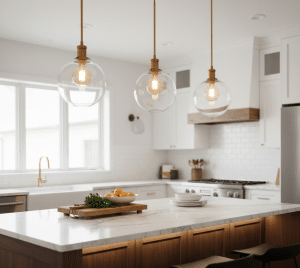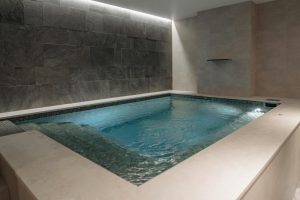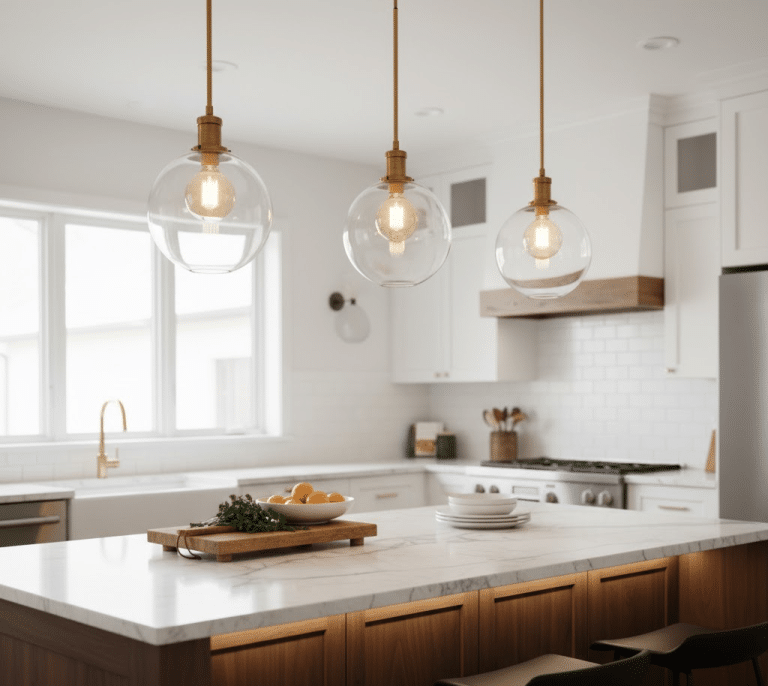Painting is one of the most effective ways for homeowners to refresh their property. Whether updating a room or giving the entire home a makeover, painting the walls adds aesthetic appeal and increases the commercial value of your property. It is a shorter and simpler home improvement project that leaves any space looking polished for years. Along with the choice of color, finish, and painting technique, timing the interior or exterior house painting project also plays an important role in the final result.
Factors such as temperature, humidity, rain, and sunlight impact the quality and durability of paint. Understanding the challenges and requirements of each season helps achieve maximum returns on your investment. In this blog, Boise Commercial and Residential Painting highlights the best seasons for painting, discusses the pros and cons of each, and shares tips for achieving a perfect paint job every season. Homeowners can decide whether to DIY or hire a professional painting company for their expertise.
How Timing Affects Interior Painting
Painting is directly affected by the project’s timing. The time of year you choose to take on a painting project impacts the durability, finish, and overall results. Painting is not just art; you should also consider the science behind paint application, adhesion, and result while planning your project.
A fresh coat of paint offers a cosmetic upgrade along with a protective shield for your home. Paint needs optimal conditions (temperature and humidity) to solidify and cure for an effective finish. A temperature between 50 – 85 degrees Fahrenheit is ideal for painting. Hot conditions cause the paint to dry too quickly and form cracks, whereas cold conditions prevent the paint from curing. Painting in humid conditions often traps moisture beneath the paint, leading to blistering and mildew over time.
Harsh sunlight leads to rapid drying and uneven finishes. Dirt, debris, and pollen can damage wet finishes. Proper ventilation helps even drying and prevents fumes from lingering for too long. Natural light also helps you observe how the color and shade you picked look throughout the day in your room.
Timing is also important for your wallet. Professional painters offer discounts and flexible scheduling during off-seasons (late fall and winter months). By planning the painting project in the right season, homeowners can save time, money, effort, and headaches.
Seasonal Breakdown: Pros and Cons
Consider the benefits and disadvantages of each season to decide the best time for your painting project.
Spring
The mild temperatures and soft blooms of spring are the perfect conditions to invigorate your home.
Pros
- Temperatures rise and humidity levels drop in spring, creating moderate conditions for the paint to dry evenly and adhere to the surface without cracking.
- It is the right time to air out the rooms after shutting them down for the winter. The ventilation helps with the even drying of the fresh coat of paint.
- The longer days offer abundant light that improves color accuracy and helps spot missed spots and imperfections.
Cons
- Opening windows for ventilation might allow pollen to enter and settle on drying paint, causing allergies.
- While conditions are generally mild, spring weather is unpredictable, with sudden rain and spikes in humidity that might delay the project or affect drying time.
Summer
Summer brings longer daylight but high temperatures.
Pros
- Paint dries quickly in warmer temperatures. You can complete multiple coats in less time.
- The longer daylight hours mean the painting project can be completed within a few days. It is ideal for DIY projects or for reducing labor costs and disruption to daily life.
- Summer weather is ideal for interior painting projects in well-ventilated areas.
Cons
- The high heat dries the paint too quickly, causing cracks, uneven finishes, and other imperfections.
- Areas that receive direct sunlight, are near windows, or are exposed to the sun might be prone to paint blistering.
- The use of AC means closed doors and windows, which affects the air circulation required for proper drying and curing of paint.
Fall
Fall has more stable weather than summer and winter. Experts regard autumn as the ideal time to repaint your home. It is warmer and drier with less rainfall than other seasons.
Pros
- The weather is more stable during early fall; it is neither too hot nor too cold. The paint dries uniformly, adheres properly, and produces a long-lasting finish.
- The lower humidity means the paint is not damaged by moisture.
- Many painters lower their prices as demand reduces towards the holiday season.
Cons
- The days get shorter, so there is less time to complete the project. Longer duration leads to higher labor costs.
- The limited natural light makes it harder to assess color and coverage at the end of the day.
- As temperatures drop during the late afternoon, paint might take longer to dry, especially in homes without adequate heating.
Winter
Winter is the ideal time to paint, especially for warm or southern climates.
Pros
- Labor costs are the lowest during winter as most people do not take on painting projects during the cold season. You can enjoy discounted prices and quick scheduling.
- The humidity is lower in heated homes, creating ideal conditions for indoor painting with even drying.
- It is the perfect time for touchups or interior painting projects, as you can control the indoor temperature and humidity. You can take on small indoor projects, such as bathrooms, hallways, or accent walls that do not require ventilation or longer drying times.
Cons
- Opening doors and windows might not be ideal for comfort, as it can affect ventilation and drying time.
- Drafty windows or cold rooms affect the drying time and final results.
- Without proper ventilation, toxic fumes might linger.
Tips for Painting in Every Season
The right tools and preparation help achieve a flawless, professional-grade finish. Here are some tips for a successful paint project:
Indoor Climate Control
The humidity levels in your area affect painting. Use humidifiers in winter and dehumidifiers in summer to maintain humidity levels between 40% – 70%. Fans can help with airflow in rooms with no natural ventilation or AC.
Right Paint Choice
Select a paint formulated for your home’s surface and local weather conditions. Some paints are designed for low-temperature application. Check the recommended temperature on the paint can for a smooth application and durable finish. Choose high-quality, low-VOC paint that is less harmful to respiratory health.
Color Testing
Apply swatches to different walls and observe how the color and its shade differ in natural and artificial lighting.
Time of Day
Avoid full sun and choose early morning or late afternoon for easy and safe application.
Ventilation
Airflow is important for the paint to dry and for harmful fumes to escape. Opening windows in opposite directions aids with cross-ventilation, speeding up the drying process and creating a healthier environment to breathe. If you cannot open windows due to pollen in spring and cold in winter, you can use fans and air purifiers.
Surface Preparation
Prep the surface based on the season. Make sure the surfaces are clean and dry before painting to prevent peeling later. In winter, the rooms should be heated for a few hours to prevent the walls from holding moisture.
When to Hire A Pro vs. DIY
While a DIY project can save money, different seasonal challenges might be tricky to handle. From winter ventilation to fast-drying paint in summer, DIY paint projects might be frustrating.
Hiring a professional painter is a sensible choice for a time-sensitive project or one that involves complex conditions, such as high ceilings, textured walls, or weather-related challenges. Professionals have the expertise to deliver an excellent finish for your home while completing the project in a timely, efficient manner.
Professionals complete the work with minimal disruption to your daily life. They use safety protocols to prevent accidental injuries and damage to your property. Their expertise ensures a polished and durable finish that doesn’t require frequent touchups or repainting.
If budget is an issue, hire professionals during Autumn or winter when seasonal discounts or lower rates are available.
Final Thoughts
Painting is not just an upgrade but an investment in your property’s appeal and longevity. While late spring and early fall are considered the perfect time for painting, with the right tools and approach, a perfect finish can be achieved any time of the year. Understanding the pros and cons of every season will help you plan better for the project.
Assess your home, local climate, and personal schedule, and hire experienced professionals to give your home a stunning finish. A perfect paint job enhances your home’s livability, curb appeal, and market value.













